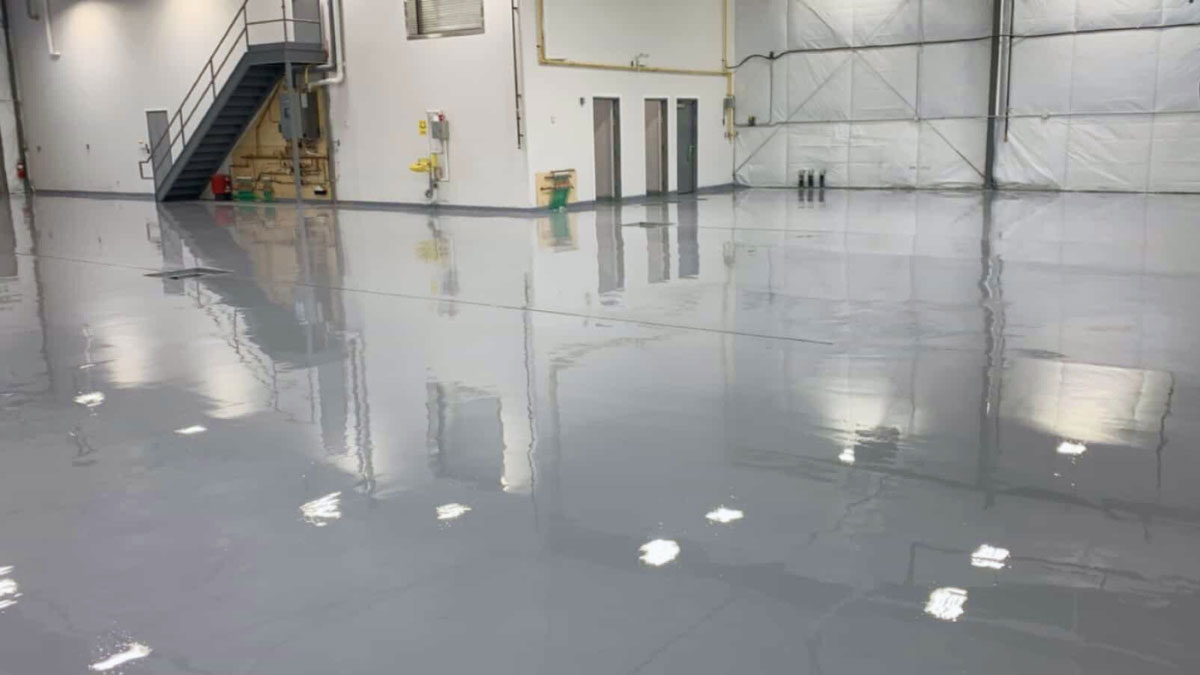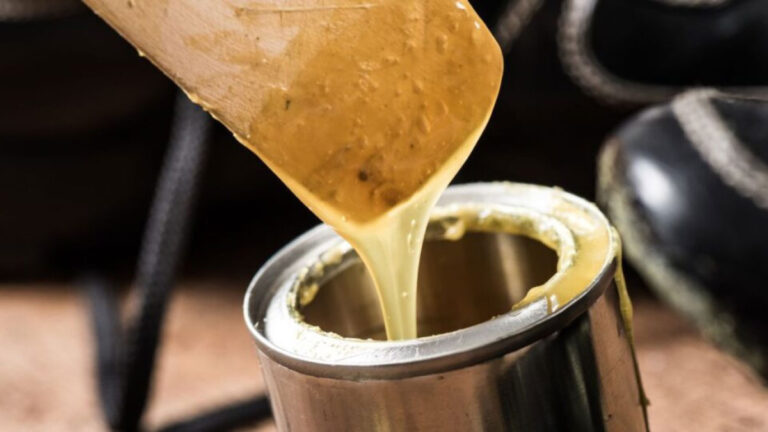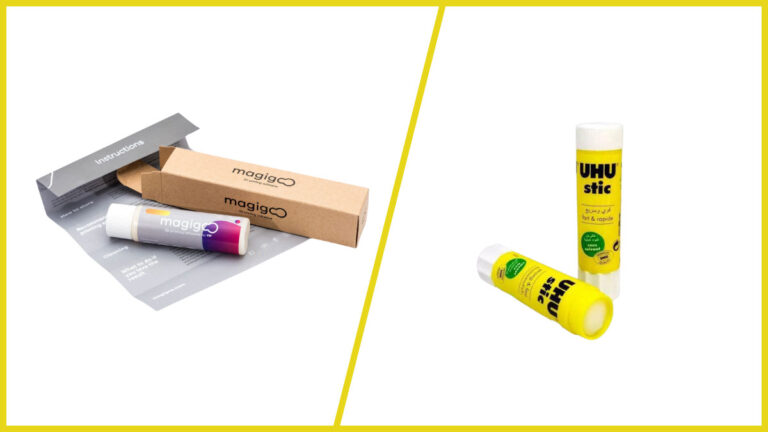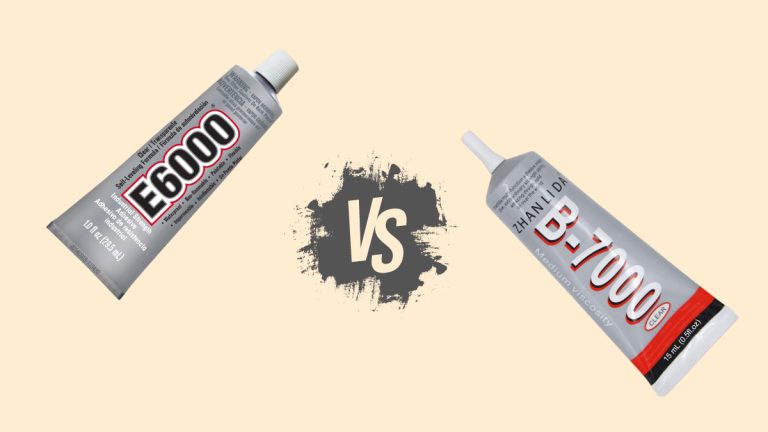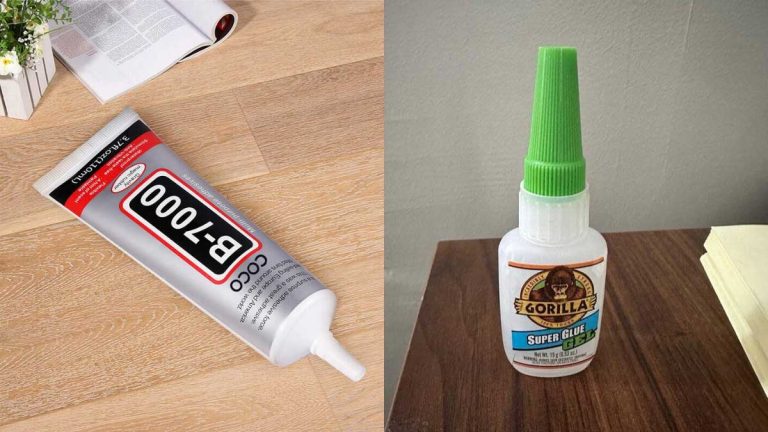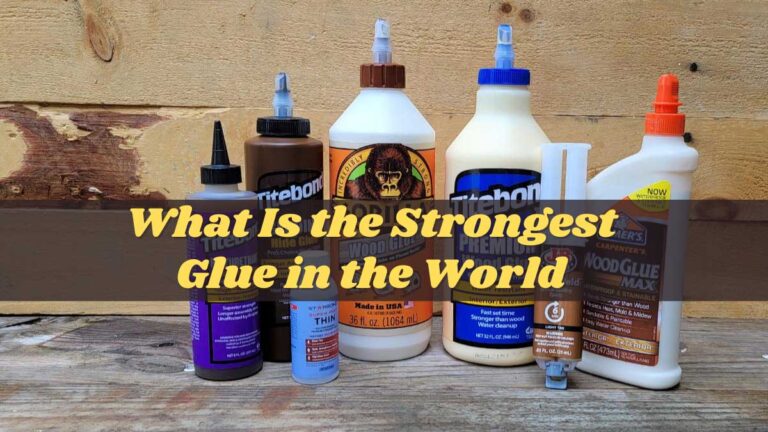What Is Better Than Epoxy for Garage Floor: Top Alternatives
Thinking about upgrading your garage floor? Epoxy has long been a popular choice, but it’s not the only option out there. As technology and materials evolve, new solutions are emerging that offer better durability, easier maintenance, and improved aesthetics.
You might be surprised to learn that alternatives like polyurea and polyaspartic coatings outperform epoxy in several key areas. These newer coatings cure faster, resist chemicals better, and can handle extreme temperatures without cracking or peeling. Ready to discover why these options might be the perfect fit for your garage? Let’s immerse.
Key Takeaways
- Superior Alternatives to Epoxy: Polyurea and polyaspartic coatings outperform epoxy in several areas including durability, curing time, and UV resistance.
- Enhanced Durability: Polyurea and polyaspartic are up to 20 times more durable than epoxy, offering better abrasion, impact, and chemical resistance.
- Faster Curing Time: Both polyurea and polyaspartic coatings cure much faster than epoxy, minimizing downtime and allowing for quicker use of the garage.
- UV and Temperature Resilience: Unlike epoxy, polyurea and polyaspartic coatings resist UV light, preventing yellowing and ensuring long-term color stability even under extreme temperatures.
- Ease of Maintenance: These modern coatings require less frequent maintenance and repairs compared to epoxy, making them a more cost-effective and long-lasting option.
Understanding Garage Floor Coatings
Several options, including epoxy and newer alternatives, offer specific advantages for garage floors. Exploring these can help you decide what’s best for your needs.
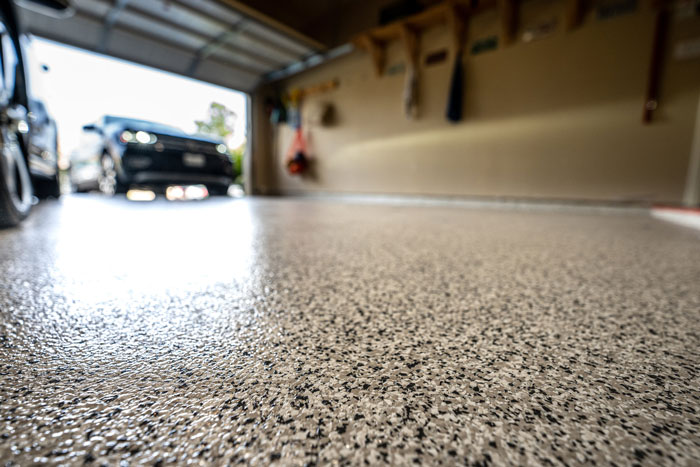
Types of Garage Floor Coatings
- Polyaspartic Polyurea Coatings
- Strength and Durability: Polyaspartic coatings surpass epoxy in strength. They’re up to 20 times more durable, offering long-lasting protection.
- UV Resistance: Unlike epoxy, polyaspartic coatings resist UV light and won’t yellow or fade.
- Curing Time: These coatings cure significantly faster than epoxy, minimizing the downtime required before you can use your garage.
- Moisture Resistance: They provide excellent moisture resistance, protecting concrete from potential damage.
- Customization: Polyaspartic coatings allow for various design and color customizations, enhancing the aesthetic of your garage.
Importance of Choosing the Right Floor Coating
Selecting the right floor coating is crucial for maximizing the longevity and appearance of your garage floor. Consider factors like durability, curing time, UV resistance, and moisture protection. Polyaspartic coatings excel in these areas, making them a superior choice compared to traditional epoxy.
Choosing polyaspartic coatings ensures your garage floor remains durable, visually appealing, and well-protected against various factors.
Polyurea vs. Epoxy
Polyurea and epoxy are common choices for garage flooring. But, polyurea often outperforms epoxy in several key areas.
Durability
- Polyurea: Highly resistant to abrasion, impact, and chemicals. Withstands extreme temperatures without cracking or flaking due to its flexibility.
- Epoxy: Durable but more brittle. Susceptible to damage from heavy loads and abrasion. Lacks the flexibility of polyurea.
Appearance
- Polyurea: Maintains color and finish over time, even when exposed to UV rays. Excellent UV stability prevents discoloration and fading.
- Epoxy: Prone to discoloration and fading. Less UV stable compared to polyurea.
Moisture Protection
- Polyurea: Provides excellent moisture resistance, preventing damage from water exposure over time.
- Epoxy: Offers good moisture resistance but can eventually succumb to prolonged water exposure.
Curing Time
- Polyurea: Cures rapidly, often within hours. Minimizes downtime and allows quicker return to use.
- Epoxy: Requires longer curing time, often taking several days. Slower curing process delays usability.
Adhesion and Safety
- Polyurea: Strong adhesion to concrete surfaces. Provides a non-slip texture, enhancing safety.
- Epoxy: Good adhesion but may require more preparation. Can be slippery, needing additional treatments for safety.
Summary
When considering garage flooring, polyurea often surpasses epoxy in durability, appearance, moisture protection, curing time, and safety. Its advanced properties make it a superior choice for sustaining heavy use and maintaining aesthetic appeal. For a garage floor that looks good and lasts, polyurea offers a compelling advantage over traditional epoxy options.
Polyaspartic vs. Epoxy
When upgrading your garage floors, you must weigh the benefits and drawbacks of different coating materials. Polyaspartic and epoxy are among the most popular options. Here’s a detailed comparison to help you decide which is better for your needs.
Customization Options
Epoxy:
Offers extensive customization:
- Colors: Multiple shades allow for personalized designs.
- Finishes: Options include high gloss or matte for different aesthetic preferences.
- Additives: Color chips can be added for a unique appearance.
Polyaspartic:
While polyaspartic provides some customization:
- Colors: Limited due to the quick drying time, but still available in various shades.
- Additives: Can include color chips similar to epoxy.
Application Process
Epoxy:
DIY-friendly:
- Application: Applied with a roller brush.
- Drying Time: Approximately 16 hours for a single coat, allowing for a more relaxed application.
Polyaspartic:
Requires professional installation:
- Application: Not suitable for DIY due to the rapid drying time.
- Drying Time: Between 20 minutes to an hour, necessitating a swift, professional approach.
Durability and Resilience
Epoxy:
Though durable:
- Vulnerabilities: Subject to abrasion, chipping, and peeling over time.
Polyaspartic:
Highly durable:
- Resistance: Up to 20 times more durable than epoxy.
- Protection: UV-resistant, preventing yellowing or fading.
- Curing: Cures faster, reducing downtime.
Environmental Impact
Epoxy:
- Chemicals: Contains volatile organic compounds (VOCs), which can affect air quality.
Polyaspartic:
- Eco-Friendly: Typically low in VOCs, offering a more environmentally friendly option.
| Feature | Epoxy | Polyaspartic |
|---|---|---|
| Customization | High | Limited to some extent |
| Application | DIY possible, longer drying time | Requires professional installation, quick drying |
| Durability | Prone to abrasion, chipping, peeling | Up to 20 times more durable, UV-resistant |
| Environmental Impact | Contains VOCs | Lower VOC content |
Polyaspartic coatings offer superior durability, faster curing times, and a more eco-friendly profile, making them an appealing alternative to epoxy. For optimal performance and minimal maintenance over time, polyaspartic stands out as a top choice for garage floors.
Installation Considerations
Choosing the right coating for your garage floor involves understanding the installation requirements. Polyurea, a top alternative to epoxy, has unique installation considerations that can affect its performance and overall satisfaction.
Surface Preparation
Proper surface preparation is crucial for both polyurea and epoxy coatings.
- Cleaning: Begin by thoroughly cleaning the floor. Remove all dirt, oil, and debris to ensure the coating adheres properly.
- Repairing: Fix any cracks or imperfections. Use a concrete filler to mend any damage.
- Etching: Etch the surface with an acid solution. This step creates a rough texture, enhancing the bond between the coating and the concrete.
- Drying: Allow adequate drying time after cleaning and etching. Any moisture can compromise the coating’s effectiveness.
DIY vs. Professional Installation
Installation method significantly impacts the quality and longevity of the coating.
- Polyurea Installation:
- Professional: Due to the rapid curing time of polyurea, professionals should handle the application. They have the necessary tools and experience to apply the coating evenly and quickly.
- DIY: Attempting a DIY polyurea installation isn’t recommended. The quick curing process leaves little room for error, making it challenging for non-professionals.
- Epoxy Installation:
- Professional: While professional installation ensures a flawless finish, epoxy’s slower curing time makes it more forgiving for DIY efforts.
- DIY: Epoxy can be a viable DIY project. Its longer curing time allows more access to correct mistakes, but it’s still essential to follow preparation and application guidelines strictly.
Cost Comparison
Cost is a vital factor when selecting a floor coating. Here are the costs and considerations for both polyurea and epoxy:
| Coating Type | Professional Installation Cost (per sq. ft.) | DIY Installation Cost (per sq. ft.) | Longevity (years) | Maintenance |
|---|---|---|---|---|
| Polyurea | $6 – $10 | Not Recommended | 15-20 | Low |
| Epoxy | $3 – $7 | $1.50 – $3 | 5-10 | Moderate |
- Cost Breakdown:
- Polyurea: Higher initial cost but longer lifespan and lower maintenance.
- Epoxy: Lower cost but requires more frequent maintenance and replacement over time.
When considering these factors, it becomes clear that while polyurea has higher upfront costs, its durability and low maintenance can provide long-term savings and greater satisfaction.
Advantages of Polyurea and Polyaspartic
When considering upgrades for your garage floor, there are superior alternatives to traditional epoxy: polyurea and polyaspartic coatings. Both offer enhanced characteristics that make them ideal for garage flooring.
Faster Application and Curing
- Polyurea: Cures within minutes, reducing the time for bubbles to form and minimizing the risk of application errors. This rapid curing outpaces epoxy, which takes significantly longer.
- Polyaspartic: Mirrors polyurea in rapid curing, enabling quicker project completion and reducing the window for potential mishaps.
Temperature Resistance
- Polyurea: Resistant to ultraviolet (UV) light and extreme temperatures, unlike epoxy that can yellow or fade over time due to UV exposure.
- Polyaspartic: Provides similar temperature resilience, ensuring long-term stability without compromising on appearance or performance.
Maintenance and Longevity
Polyurea and polyaspartic coatings not only excel in application efficiency and temperature resistance but also shine in durability and ease of maintenance. These coatings reduce the need for frequent repairs and replacements, which are common with epoxy.
Using these modern coatings can result in cost-savings and simplified upkeep. If you’re looking for a durable, visually appealing, and low-maintenance solution for your garage floor, polyurea and polyaspartic coatings are worth considering.
Conclusion
When it comes to upgrading your garage floor, exploring alternatives to epoxy can lead to better results. Polyurea and polyaspartic coatings offer unmatched durability, quicker curing times, and superior resistance to chemicals and UV light. These modern coatings not only enhance the look of your garage but also provide long-term cost savings due to their low maintenance needs.
Choosing the right coating is essential for maximizing the longevity and appearance of your garage floor. With polyurea and polyaspartic options, you get a robust, visually appealing, and low-maintenance solution that outperforms traditional epoxy in almost every aspect.
Frequently Asked Questions
Are polyaspartic garage floors worth it?
Yes, polyaspartic coatings are extremely durable, UV-resistant, and cure quickly, making them a worthwhile investment for a long-lasting and aesthetically pleasing garage floor.
What is better than epoxy on a garage floor?
Polyurea and polyaspartic coatings often outperform epoxy in terms of durability, UV resistance, and curing time, making them superior choices for garage flooring.
Is polyurea more expensive than epoxy?
Yes, polyurea is generally more expensive upfront than epoxy, but its longevity and lower maintenance requirements can lead to long-term savings.
What are the negatives of polyurea?
The main drawback of polyurea is its rapid curing time, which can make installation challenging and requires professional expertise to avoid application errors.
Which is better, polyurea or polyaspartic?
Polyurea offers quick application and high durability, while polyaspartic provides a good balance of performance, durability, and ease of application. The choice depends on specific needs and preferences.
Can I install polyurea or polyaspartic coatings myself?
Polyurea coatings should be applied professionally because of their fast curing time. Polyaspartic coatings also benefit from professional installation, despite being slightly easier to apply.
How long does it take for polyaspartic coatings to cure?
Polyaspartic coatings cure very quickly, often within a few hours, significantly reducing downtime compared to epoxy.
Do polyaspartic coatings resist UV light?
Yes, polyaspartic coatings resist UV light effectively, preventing yellowing and maintaining their appearance over time.
How do polyurea and epoxy compare in terms of durability?
Polyurea is generally more durable than epoxy, with superior resistance to abrasion, impact, and chemicals.
Is polyaspartic environmentally friendly?
Polyaspartic coatings have a lower environmental impact than epoxy due to fewer VOC emissions, making them a greener choice for garage floors.

